A 78-yr-old statue of King George V was banished to the shed during statehood movement, but kin of its maker, pre-Independence sculptor GK Mhatre, say it deserves respect as swadeshi art
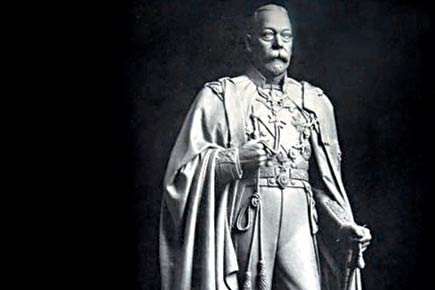
In a nondescript shed behind Elphinstone College, Fort, lies a piece of Mumbai’s colonial history – a 78-year-old statue that has not one, but two claims to distinction. The dusty shed hides within a nine-foot statue of King George V during whose reign as emperor of India, the freedom movement gained momentum. But what’s equally noteworthy is the fact that the 1938 statue was made by Rao Bahadur GK Mhatre, a pioneering sculptor in the pre-Independence era.
ADVERTISEMENT

The original statue by GK Mhatre made in 1938. Pic/Pathare's Archives
And yet, this magnificent link to our past lies covered in cobwebs and locked out of sight in a tin shed next to a small office of the Public Works Department (PWD).
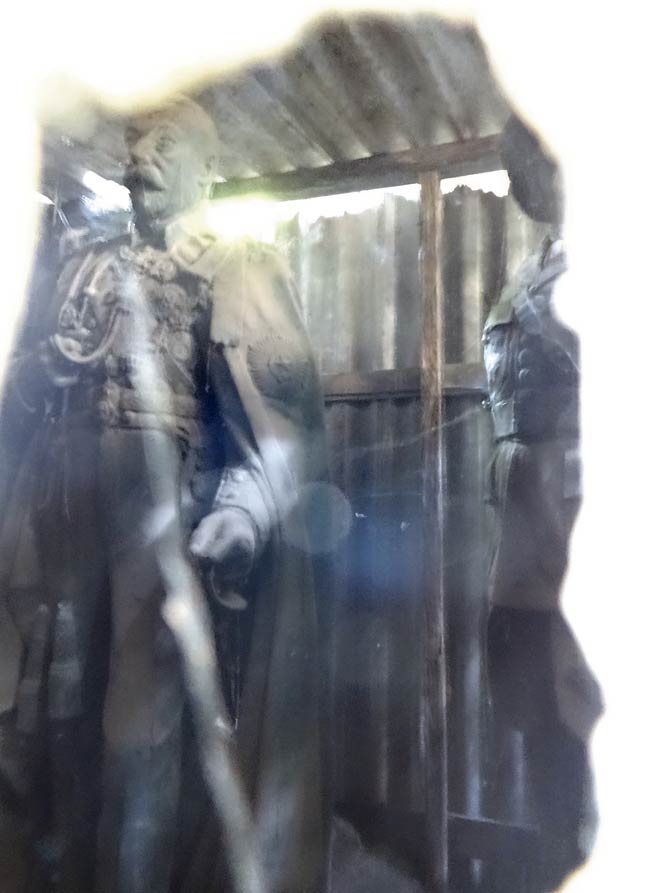
The statue visible through a chink in the shed
Sandeep Dahisarkar, a city historian, researcher and academician who is also a visiting art history lecturer at Breach Candy’s Sophia College and Vile Parle’s Sathaye College, has been trying to get this statue out of the shed for the last two years so that it can be installed in a museum. Dahisarkar, a Vile Parle (E) resident, is collaborating with the sculptor Mhatre’s great-grandson, Dr Hemant Pathare, who is keen to see his forefather’s work find a respectable home in a city museum.
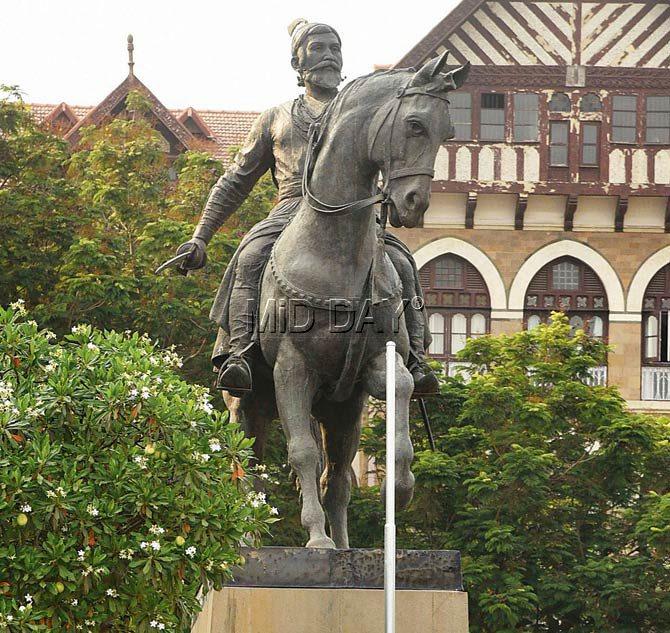
The Shivaji statue opposite the Gateway of India, where King George V statue once stood
When mid-day visited the PWD shed along with Dahisarkar, it was evident that after numerous visits, this was familiar territory for him. “The PWD seems to have put up a new shed; the earlier one had a big cavity in it,” said the historian, who is writing a book on Mhatre. In fact, that is how he came across a reference to the statue while researching archives some years ago. Ever since, he had been on the lookout for the real thing.
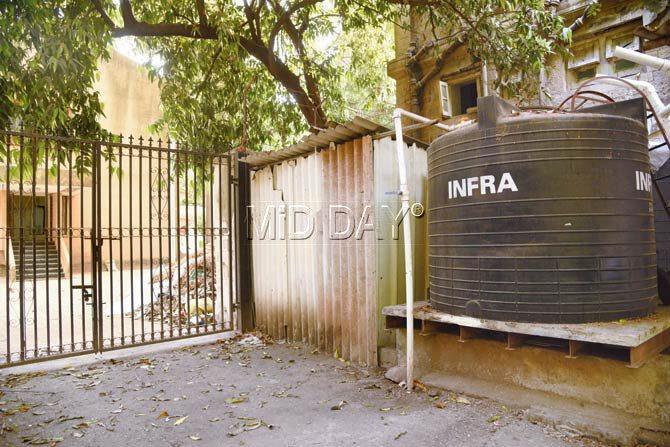
The tin shed is shut tight, with no opening or locks, but the statue is visible through a hole. Pics/Suresh KK
“A friend and fellow historian had once told me there are some British-era statues in a shed near Elphinstone College, and that piqued my interest. Last year, I paid the area a visit to see the statue for myself,” said Dahisarkar.
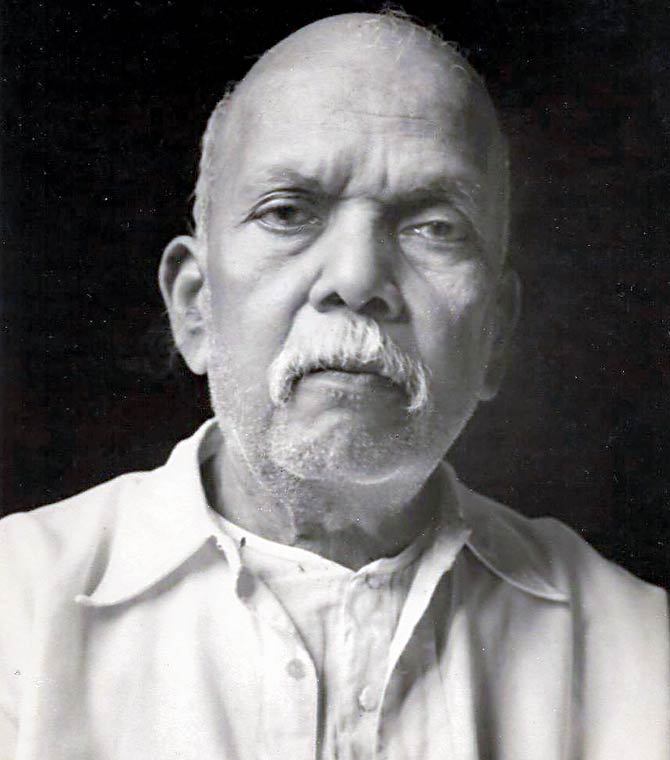
GK Mhatre was an eminent pre-Independence sculptor with over 300 works to his credit
Eureka!
After some digging around, the historian found the shed, which had a big hole in one of the tin sheets. “I peered though the sheet and saw this majestic statue that looked very familiar and, suddenly, I realised it was the old statue by Mhatre!” exclaimed Dahisarkar.
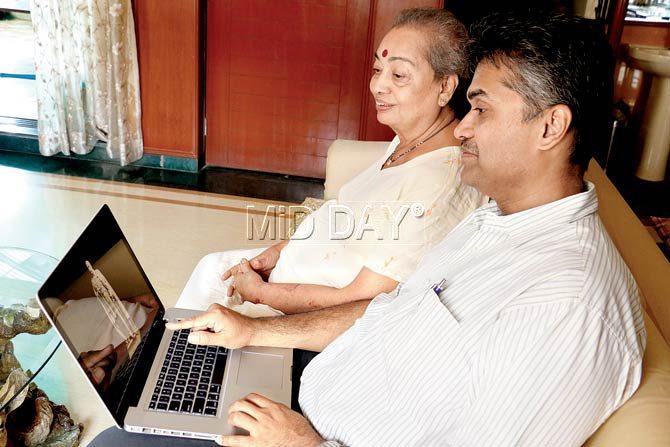
Dr Hemant Pathare and his mother Kunda Pathare - GK Mhatre’s granddaughter – recall the glory days of the statue. Pics/Swarali Purohit
During his research, Dahisarkar found that the King George V statue occupied pride of place opposite the Gateway of India, Mumbai’s iconic landmark which had also been built to commemorate the king’s visit in 1924. Today, a statue of Shivaji Maharaj stands at that very spot.
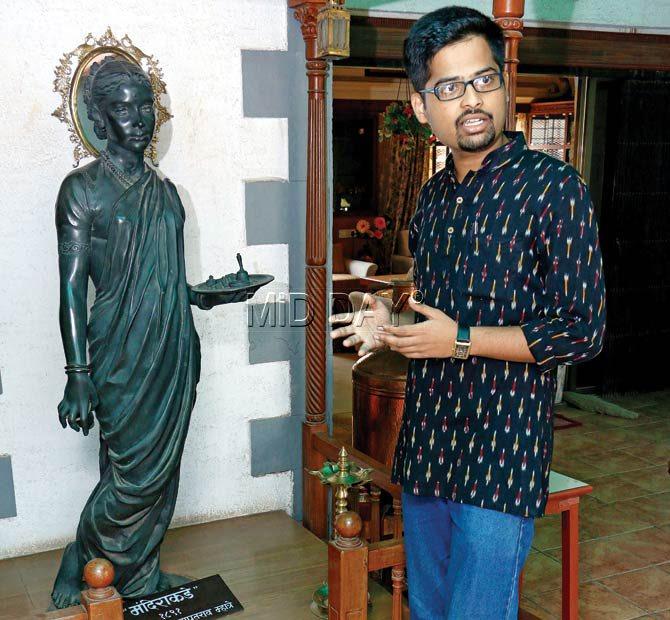
Sandeep Dahisarkar with a replica of Mhatre’s most famous work, 'To the Temple'
Dr Pathare and Dahisarkar, who are immersed in efforts to save this part of Mhatre’s legacy, have, in the last three years, approached the BMC, the PWD, the Heritage Department et al, to no avail. Neither the BMC nor the state government has been responsive to their many letters and phone calls.
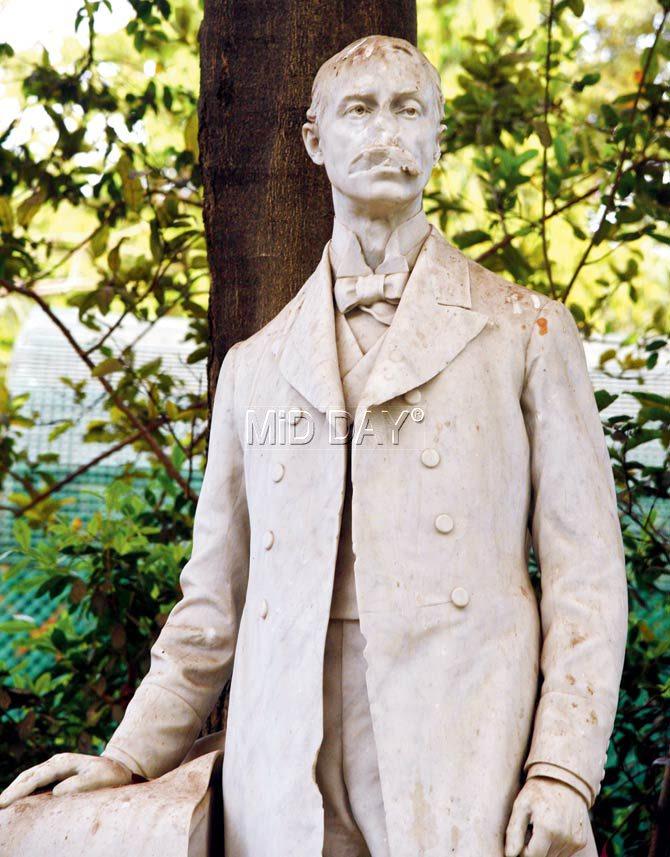
Lord Sandhurst. Pics/Suresh KK
When mid-day contacted the BMC (Ward A), officials said they were not in charge of the statue but the PWD was. However, over a hurried phone conversation, PWD chief engineer CP Joshi denied knowledge of the statue. “I am not sure what you are talking about, I can’t say anything until I check,” he said.
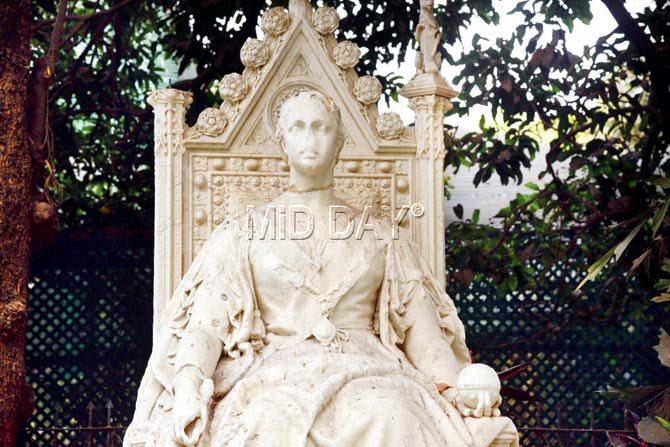
Queen Victoria
In fact, along with the King George V statue, the shed also houses a statue of King Edward VIII, sculpted by British sculptor Leonard Jennings, said Dahisarkar, who has seen both the figures.
An officer at the PWD office told mid-day that both statues were removed post-Independence, as part of the statehood movement. “The two statues have been inside the shed for a very long time, and nobody knows what to do with them,” said the officer.
'Swadeshi art'
Unperturbed by the many hurdles, Dahisarkar spends most of his time trying to get the statue the recognition it deserves. “Almost every day of the last three years, I have tried speaking to someone who may have knowledge about the statue, about who put it there and how to get it out. People need to see Mhatre's work as swadeshi art in British India,” said Dahisarkar.
Mhatre, an alumnus of JJ School of Arts, was a master sculptor who was awarded the title of ‘Rao Bahadur’ for his contributions in statuary art by the British Government in 1929. He has over 300 sculptures across India to his credit.
While it was Dahisarkar’s academic interest in Mhatre’s works that lead him to the statue, Dr Pathare has been collecting and documenting all the statues and sculptures his great-grandfather ever made, and hopes to see them all find their rightful place in history.
At his Vile Parle residence, Dr Pathare, a cardiologist, has a bronze replica of Mhatre’s most famous work, ‘To the Temple’ — a plaster sculpture of a woman with a puja thali in hand on her way to a temple. The original sculpture, made by Mhatre as a student project, is placed at his alma mater, JJ School of Arts.
Dahisarkar, who was present at Dr Pathare’s residence, added, “Look at the folds of the sari, the details of the fingers. Where else can we see such work? He is in a naval commander’s uniform with a sword; a majestic piece.”
Surfing through his laptop, where Dr Pathare has digitized all the research material collected in collaboration with Dahisarkar, including hundreds of pictures of Mhatre’s other works in the city and around the country, he said, “Life-size statues of Mahadev Govind Ranade and Gopal Krishna Gokhale at Churchgate are beautiful examples of Mhatre’s work. Former princely states like Udaipur, Gwalior, Kolhapur, Panna are all dotted with sculptures of kings and queens made by him.”
The duo has been working for years now to bring Mhatre’s legacy to its rightful place in a museum, not a dusty shed. However, with government agencies passing the buck, a fine work of art by one of India’s forgotten artists continues to languish in its home of dust, cobwebs and tin sheets.
 Subscribe today by clicking the link and stay updated with the latest news!" Click here!
Subscribe today by clicking the link and stay updated with the latest news!" Click here!






